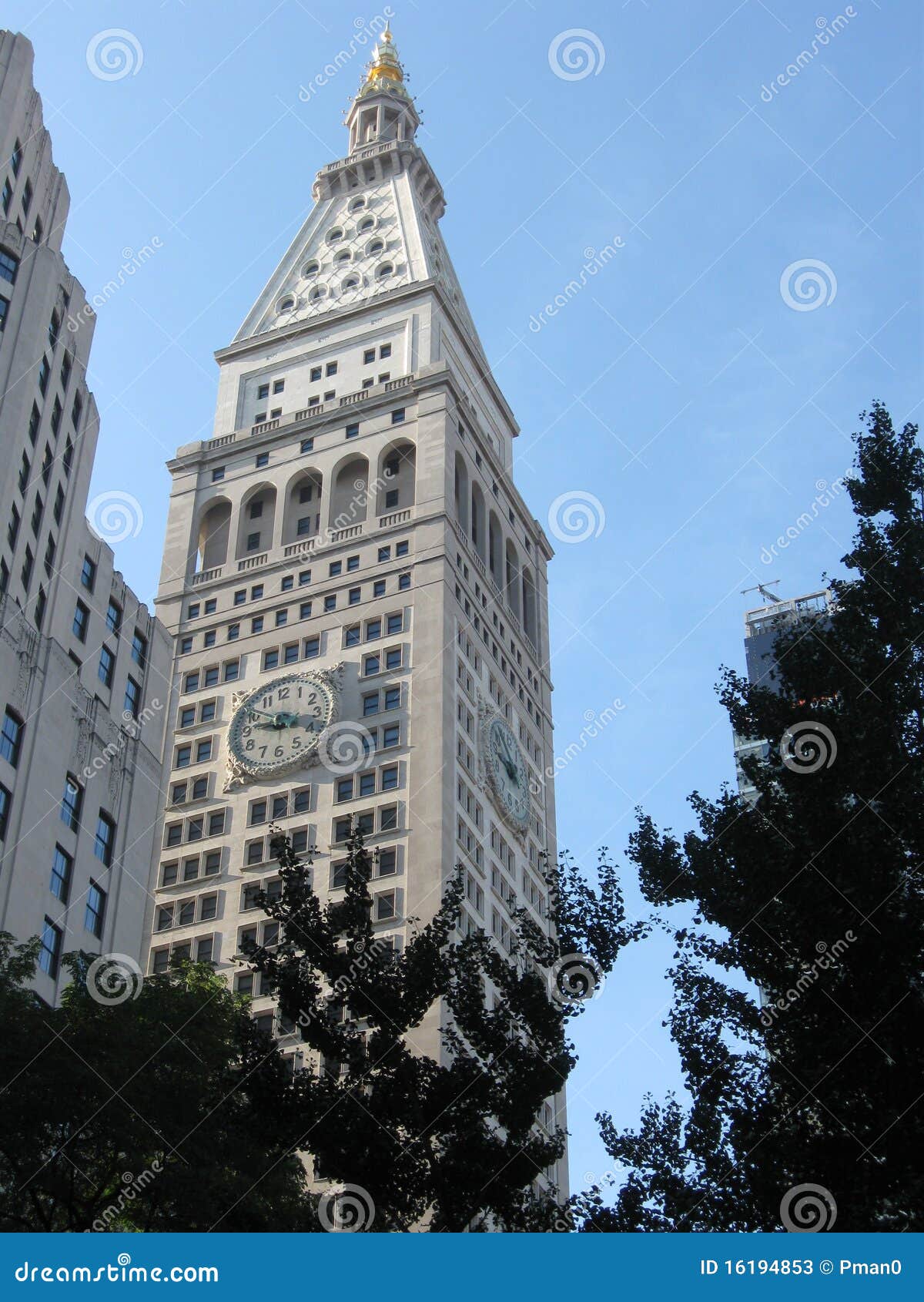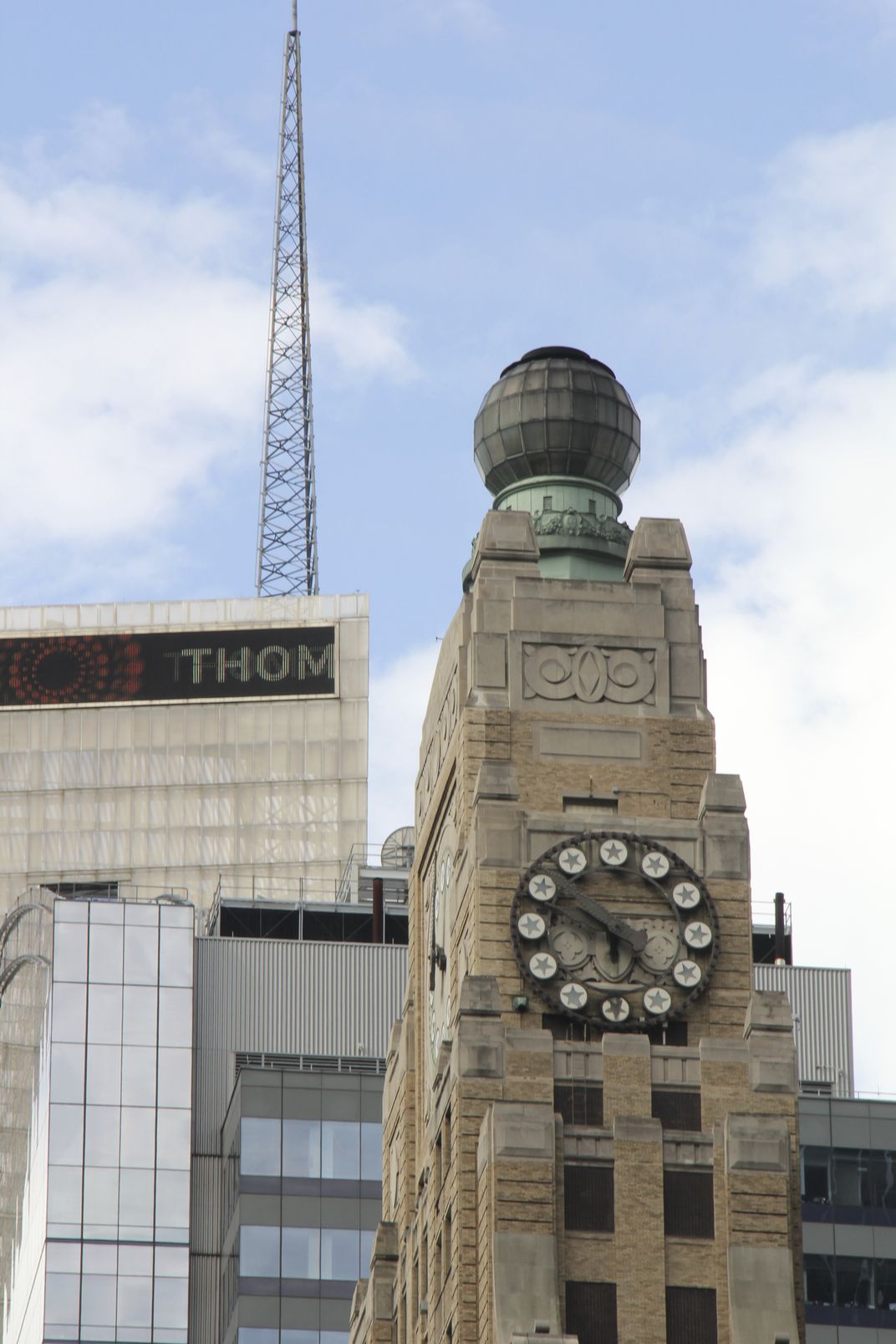
Then the clock strikes one and it is time to go, to run down the pendulum, to become again a prisoner making once more the same escape.įor of course the clock that measures out the seasons, all gain and loss, the air Georgia breathes, Georgette’s strength, the figures shivering on the dials of my own inner instrument board, this gigantic watch that fixes order and establishes the pattern for chaos itself, it has never changed, it will never change, or be changed. One runs like a mouse up the old, slow pendulum of the big clock, time, scurries around and across its huge hands, strays inside through the intricate wheels and balances and springs of the inner mechanism, searching among the cobwebbed mazes of this machine with all its false exits and dangerous blind alleys and steep runways, natural traps and artificial baits, hunting for the true opening and the real prize. Kenneth Fearing is a poet, and the big clock is a metaphor, a figure of speech that Fearing develops throughout his novel. It would still be running as usual, because all other watches have to be set by the big one, which is even more powerful than the calendar, and to which one automatically adjusts his entire life. The hands could move backward, and the time it told would be right just the same. But that made no difference to the big clock. Sometimes the hands of the clock actually raced, and at other times they hardly moved at all. In short, the big clock was running as usual, and it was time to go home. The title signals the story, and so does Stroud on the book’s third page: (As such, it is also a parable about our early 21 st-century.) The greatest twist, though, is that this isn’t so much a noir mystery as it is a poetic meditation on the brutal dehumanization of the post-industrial, assembly-line, high-efficiency world of mid-20 th century America.
#Big clock in new york movie#
It’s been credited with being an inspiration to film noir movie dramas - stylish, cynical, moody, shadowy, seamy and unseemly. The Big Clock is a cleverly plotted, well-paced novel that centers on a not-all-that-attractive George Stroud and the somewhat seamy, unseemly (though totally respectable) world in which he moves. The greatest twistĪctually, that really isn’t the greatest twist. That’s because - in the greatest twist - he’s the shadowy figure he’s searching for.

Stroud is put in charge of the search for the guy, and, as he’s been instructed, he tells the dozens of reporters and researchers assigned to the case that it has to be with some high-level corporate shenanigans aimed at Janoth Enterprises.

But, when Janoth sets his entire newsgathering organization in motion, it’s not to solve the murder - not at all - but to locate a shadowy figure who was seen with Pauline just a little bit before she was slain. In fact, the reader watches the killing happen.

But the other eight are told by six other characters - three by Earl Janoth, the top boss at the New York-based, Time-like media empire where Stroud works, and one each by Steve Hagen, Janoth’s right-hand man Edwin Orlin, a lower-echelon reporter Stroud’s wife Georgette Emory Mafferson, another reporter and a painter named Louise Patterson.įor another, there is a murder victim by the name of Pauline Delos, a strikingly beautiful woman who likes to sleep around, and the reader knows by page 66 who did it. The greatest twist?įor one, the main character is George Stroud, and eleven of the book’s nineteen chapters are narrated by him.

In his lifetime, Fearing published seven books of poetry and seven mysteries, including his major work The Big Clock, a much-praised 1946 book with an unconventional twist on the crime novel genre. Cecil Day-Lewis, the Poet Laureate of the United Kingdom, wrote twenty mystery-thrillers under the pseudonym Nicholas Blake.Īnother in that group is Kenneth Fearing who has been dubbed “the chief poet of the American Depression” and an important influence on the Beat poets, especially Allen Ginsberg. Famed crime novelists Raymond Chandler and Dorothy L. It may seem odd, but there are a surprising number of poets who have also cranked out mysteries, and vice versa.Įdgar Allan Poe, of course, is known for his detective stories and his poetry.


 0 kommentar(er)
0 kommentar(er)
